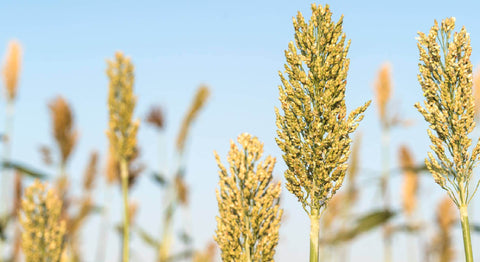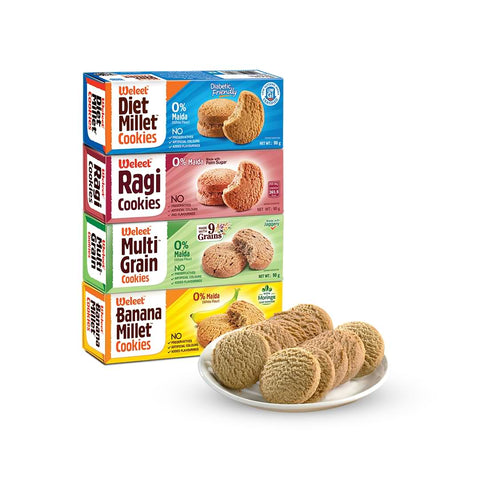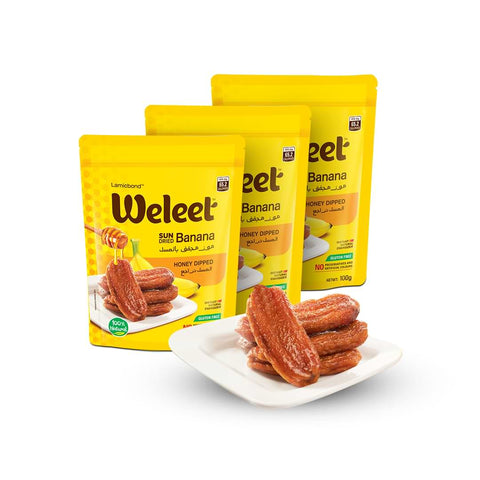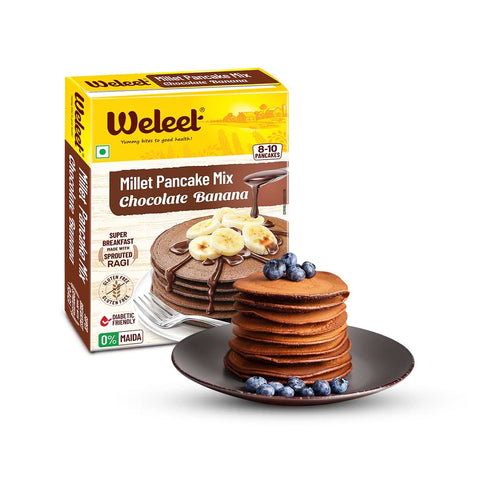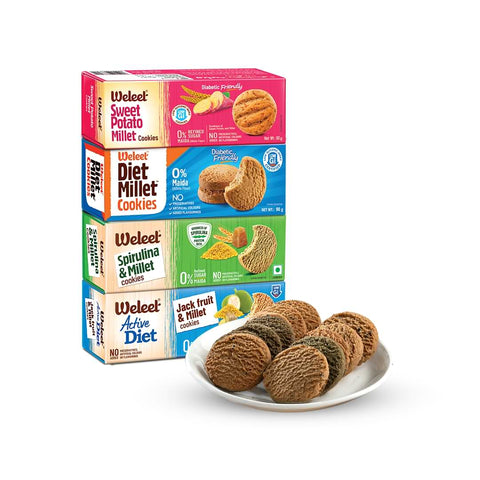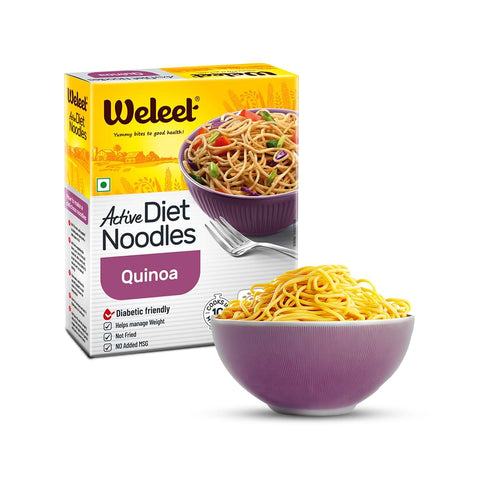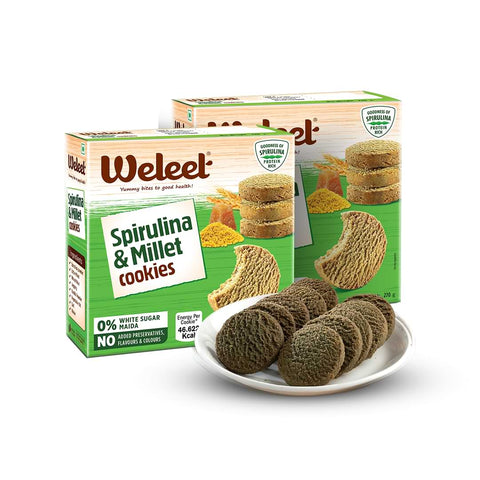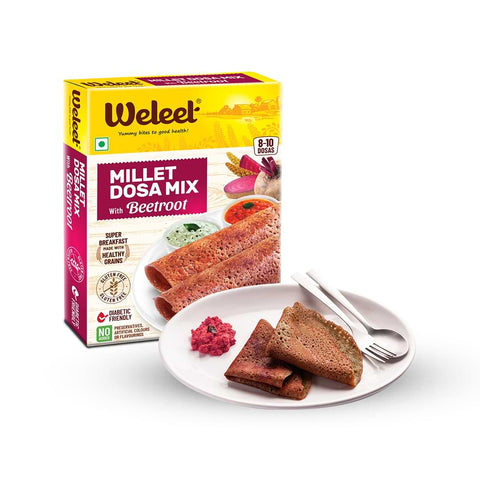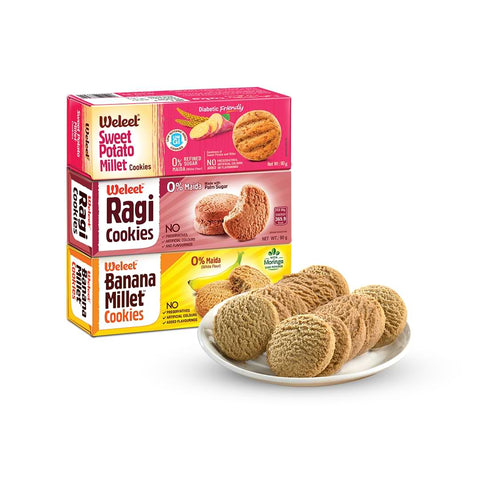In this age of ever-changing global agriculture, choose wisely what goes into you. Where there are plenty of other culinary alternatives around us, why millet? Millet is an ancient grain that has often been overlooked in this modern age. But through understanding its benefits, millet turns out to be an ancient solution to modern-day problems. Produced organically with no use of pesticides, millets are filled with nutrients and proteins. From nutritional benefits to food security, it accounts for a long list of reasons why millets promise a more healthy and nutritious food culture.
WHY MILLET?
NUTRITIONAL BENEFITS
Millets are packed with essential nutrients. They are rich in fiber, protein, vitamins, minerals, and antioxidants, making them a valuable addition to any diet. Retainment of nutritional values even after processing is one of the reasons we get maximum health benefits from millet. Millet is filled with nutrients compared to rice, which is a huge source of carbs. When compared to rice, millet has a high amount of calories, carbohydrates, protein, fiber, and a range of essential nutrients, including magnesium, phosphorus, iron, zinc, copper, and manganese.
HEALTH BENEFITS
Protection of cardiovascular health, a healthier substitute for diabetic patients, and providing goodness for your gut—millet does it all.
Good for your heart: The high fiber content in millets contributes to the betterment of your heart health. Their high fiber content helps lower cholesterol levels, reducing the risk of heart disease. Millets are filled with anti-oxidants that are essential for lowering cholesterol levels and preventing cardiovascular diseases by keeping your blood vessels clear of clogs.
Dodges diabetes: By having a low glycemic index, millets cause only a gradual rise in the blood sugar level. The fiber content slows down the digestion and absorption of carbohydrates, which helps to regulate blood sugar levels.
Good for the gut: the high fiber content in millets supports digestive health, prevents cramps, promotes regular bowel movement, and prevents constipation.
Helps in weight loss: Due to their low glycemic index and high fiber content, millets help greatly if you’re planning to lose a few pounds. Foods with a low glycemic index are digested more slowly, leading to sustained energy levels and reduced cravings. Inclusion of millets in your daily intake as a substitute for rice reduces fat accumulation and helps with weight loss.
Great for your skin: As they are rich in antioxidants, millets help neutralize free radicals in the body that damage skin cells and contribute to premature aging, wrinkles, and skin dullness. Their high water content helps the body remain hydrated.
ITS GLUTEN-FREE!
In today’s world, where gluten sensitivity is a common issue, millet provides gluten-free goodness. Unlike wheat, barley, and rye, which contain gluten proteins, millets are naturally gluten-free, making them an excellent choice for individuals with gluten-related disorders. Avoiding gluten can also help improve the symptoms of skin conditions.
CULINARY VERSITALITY
Millets offer remarkable versatility when it comes to culinary. They have been incorporated into various dishes and cuisines. From salads to deserts, millets can be made into anything you want. They are a nutritious ingredient that doesn’t compromise on taste.
PROVIDES FOOD SECURITY
Millets have been a common staple in many regions for centuries, providing safety to millions of people around the world. They are known to stand up to hard conditions such as droughts and other climatic extremes. They grow quickly and use less water. Millets diversify food options, improve nutrition outcomes, and enhance food security at local and global levels. Millets promise more secure and healthy eating habits for the upcoming generation.
From providing a wide array of health benefits to providing global-level food security, millet is a healthier and more beneficial option by all means. You get maximum nutrients, high fiber content, protection from diseases, and vast culinary options without having to compromise the taste. By including millets in our diets and agricultural systems, we can not only nourish our bodies but also sustain the planet for future generations.


